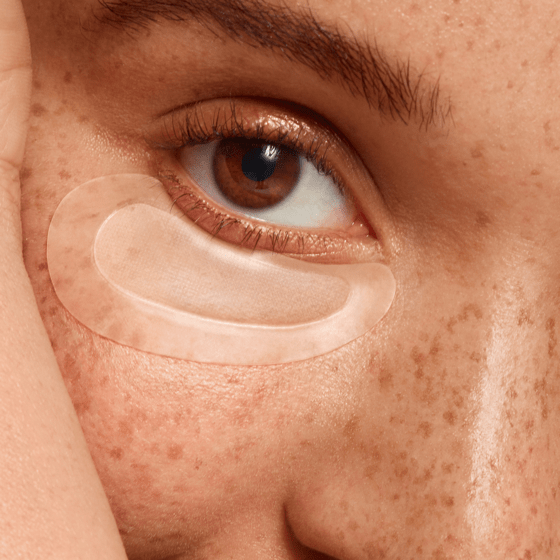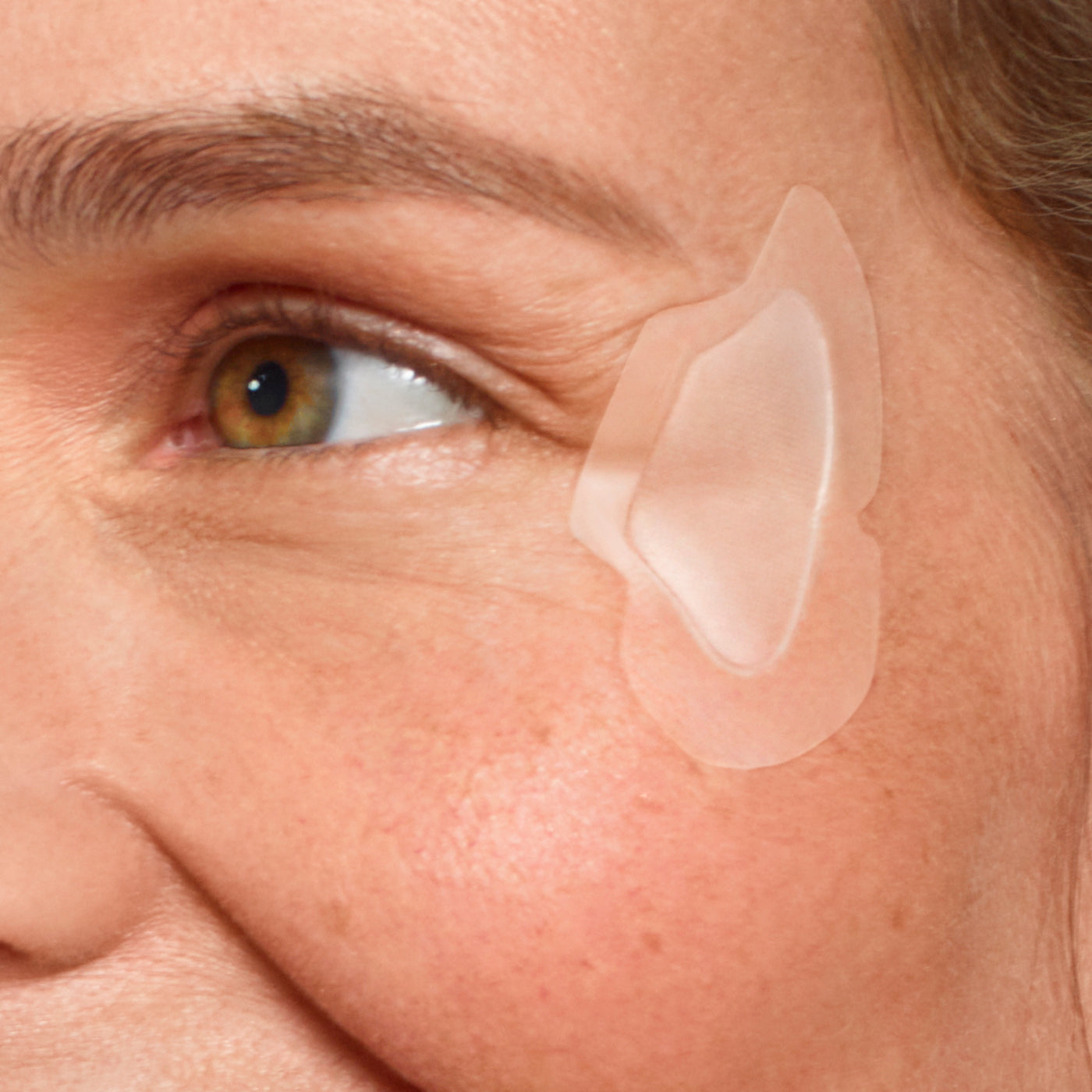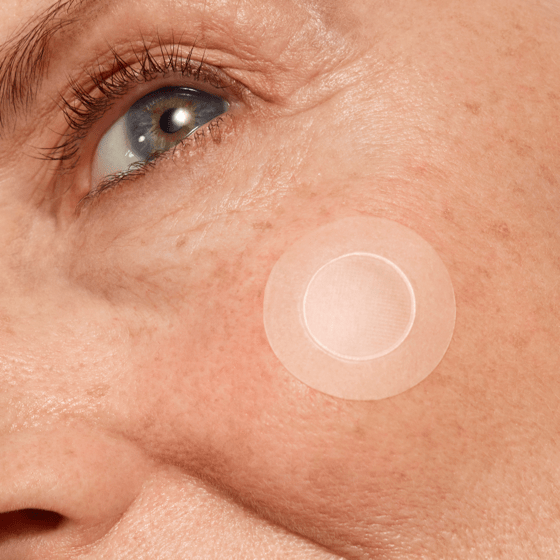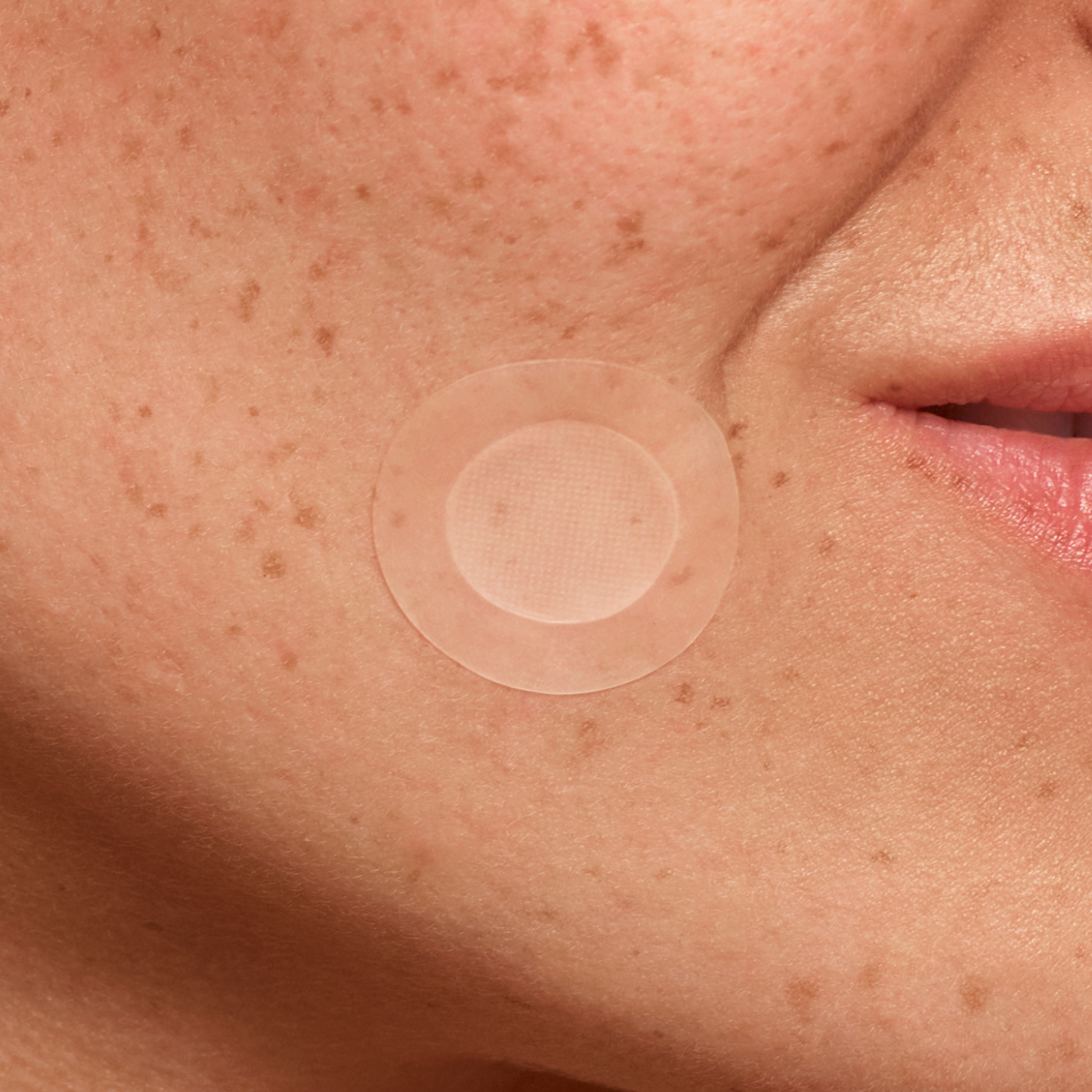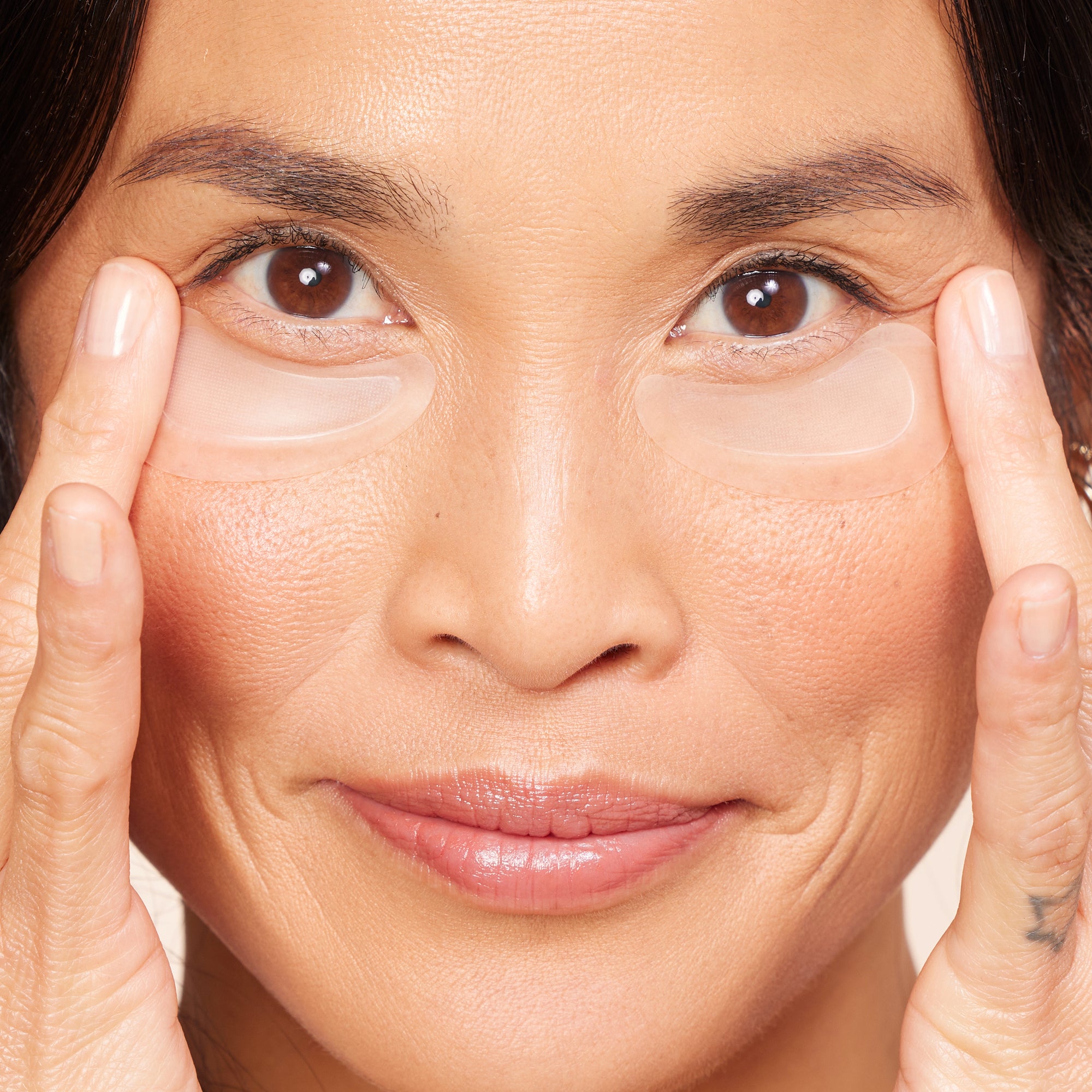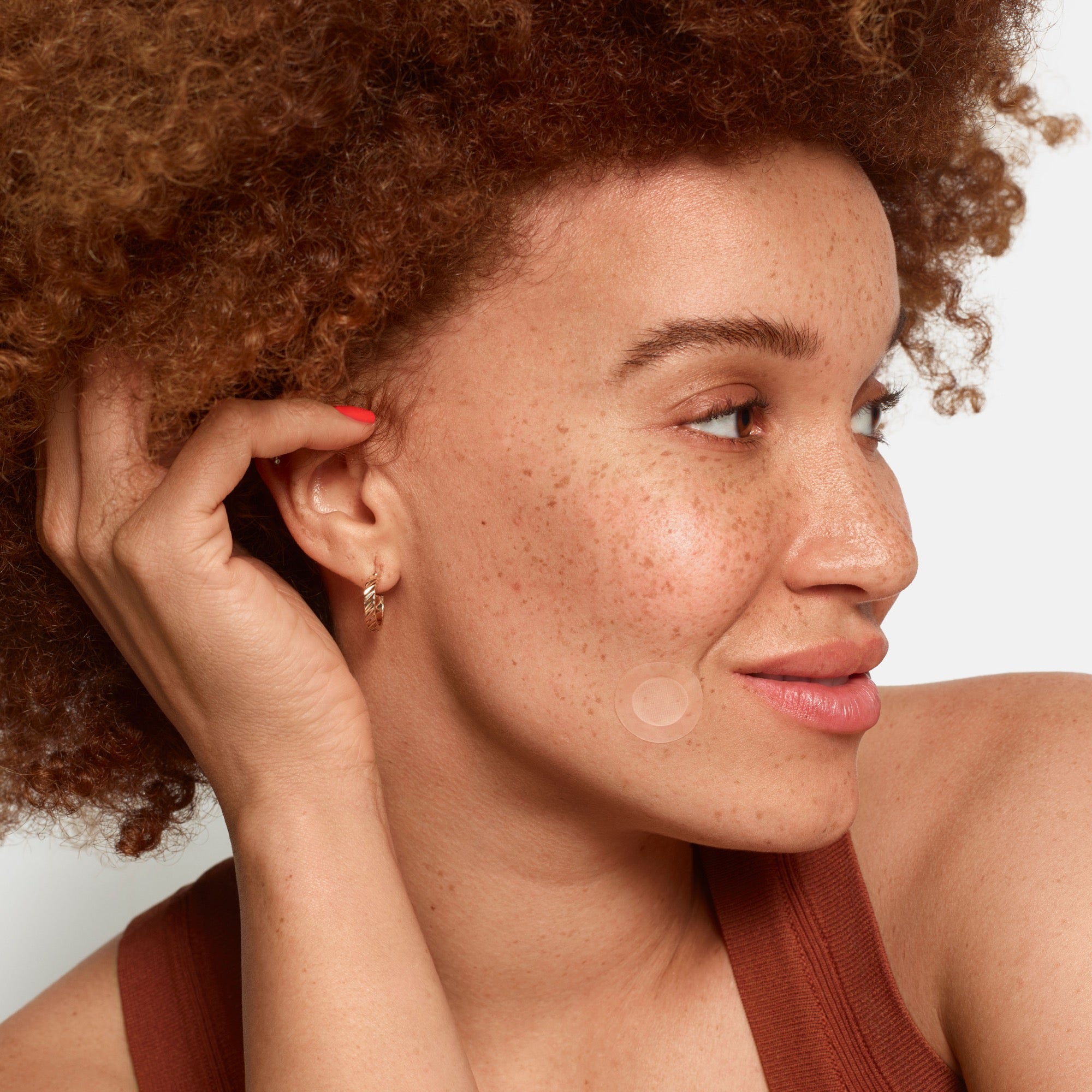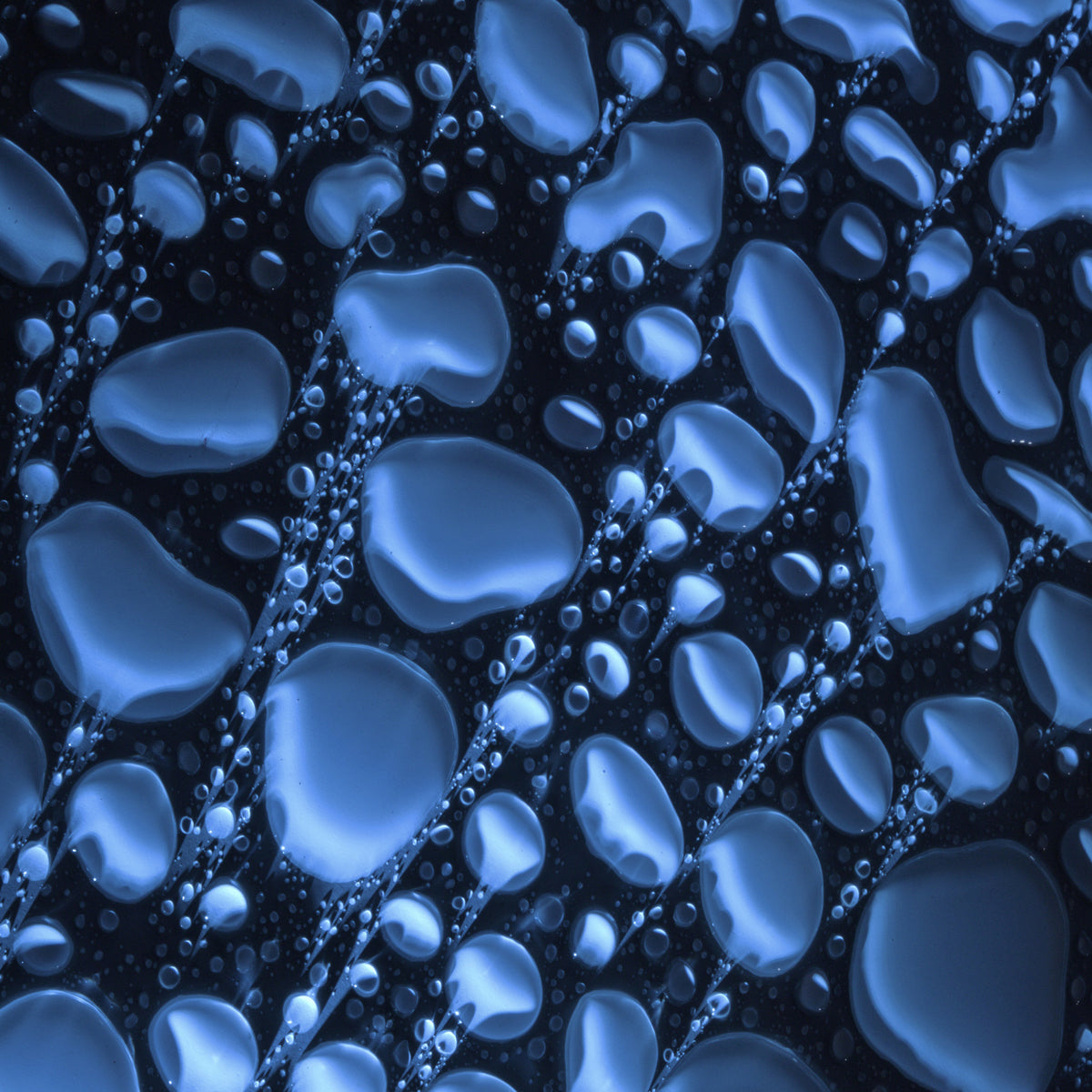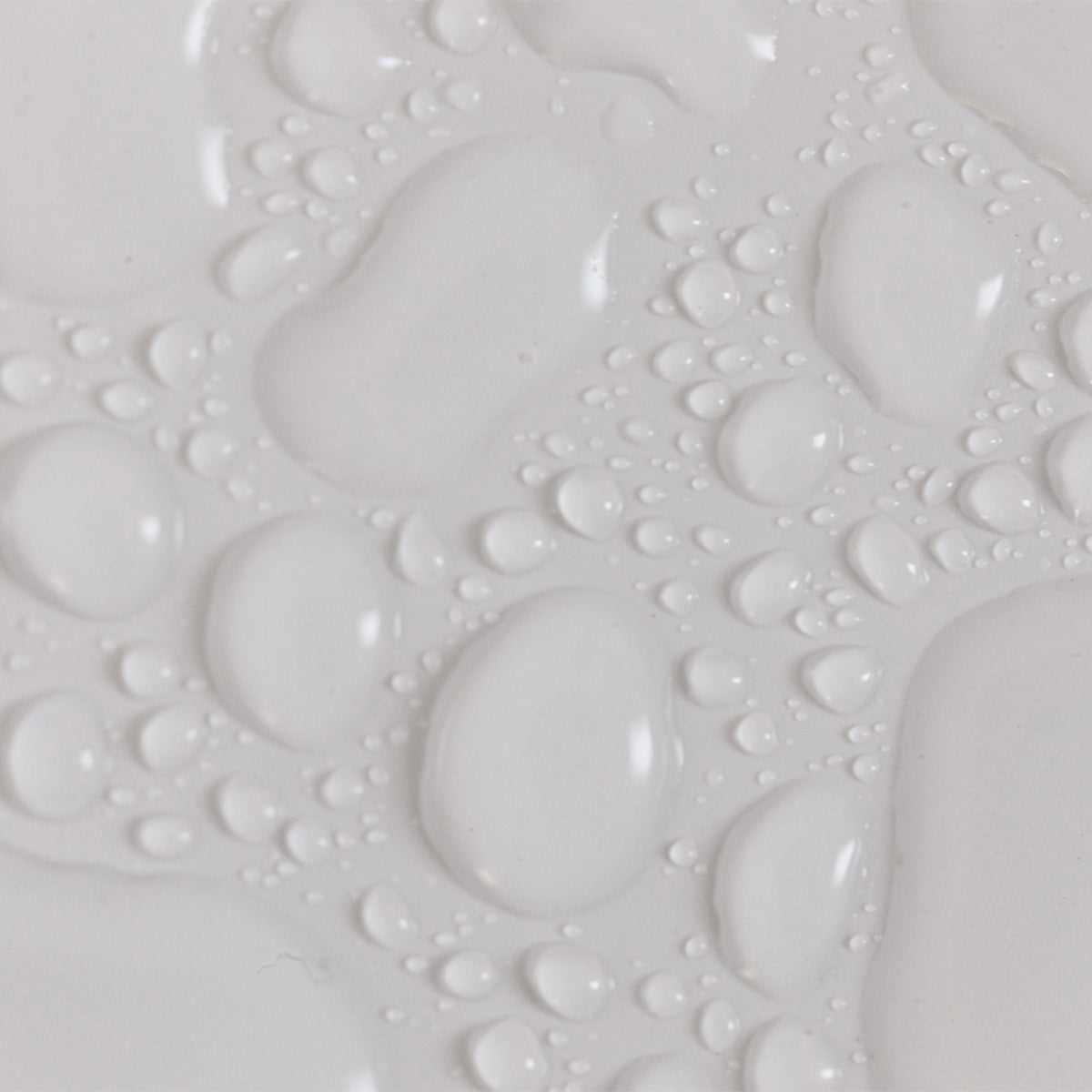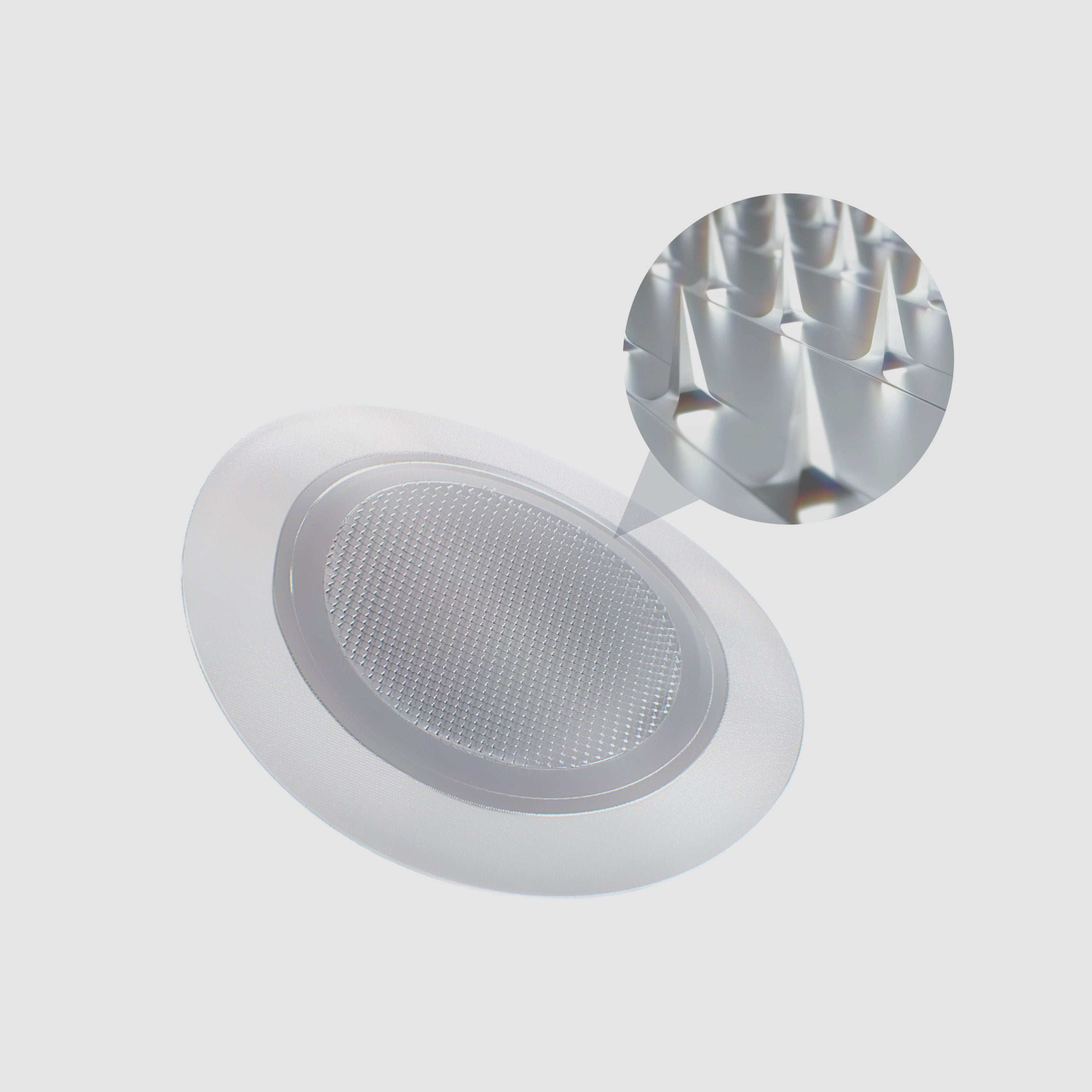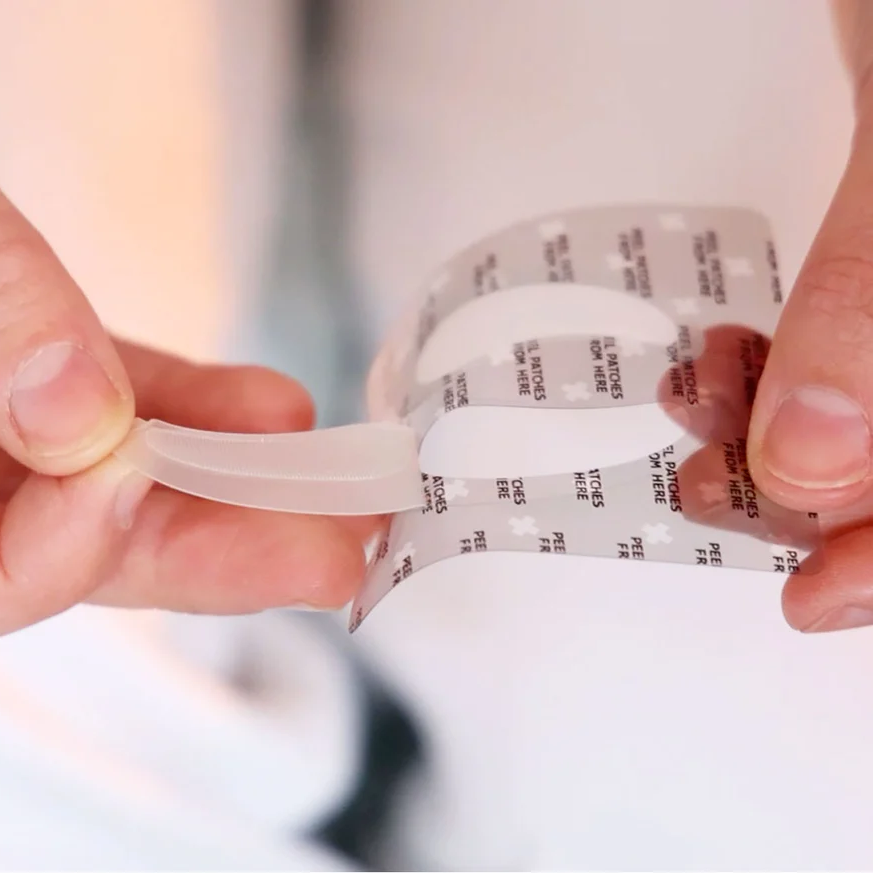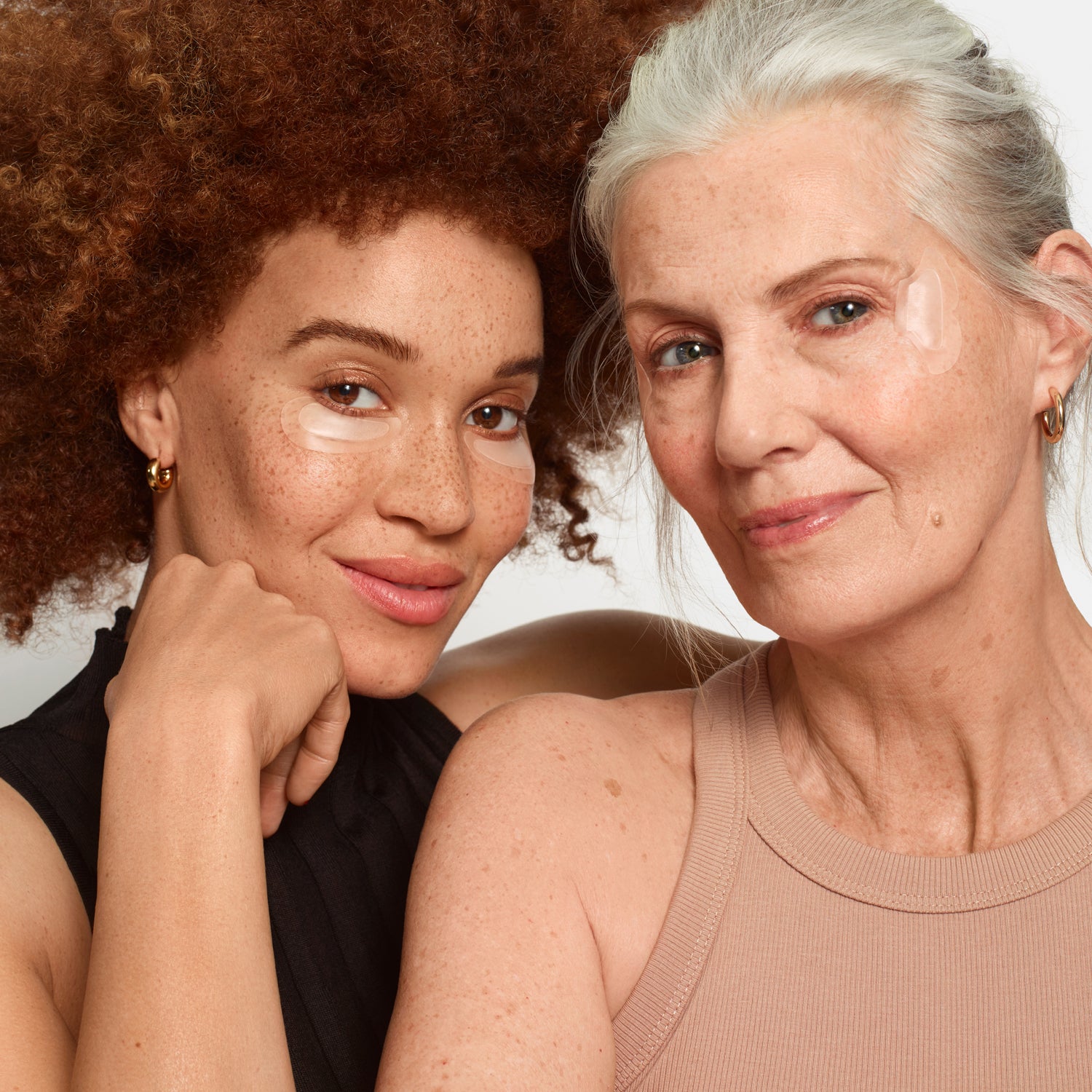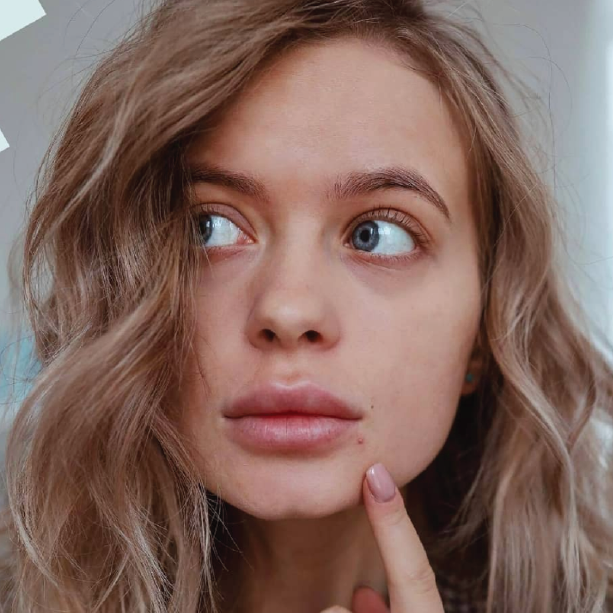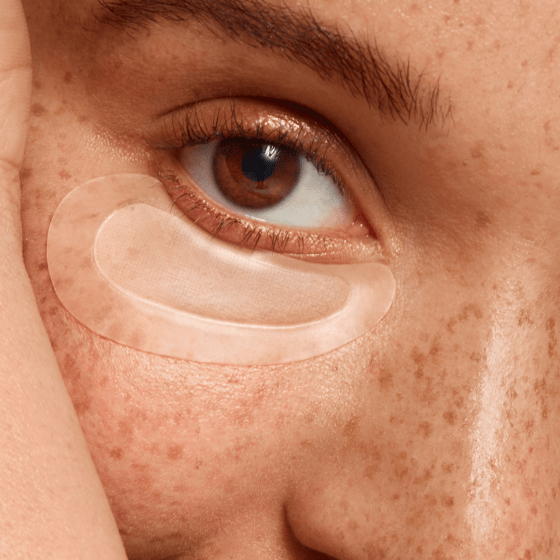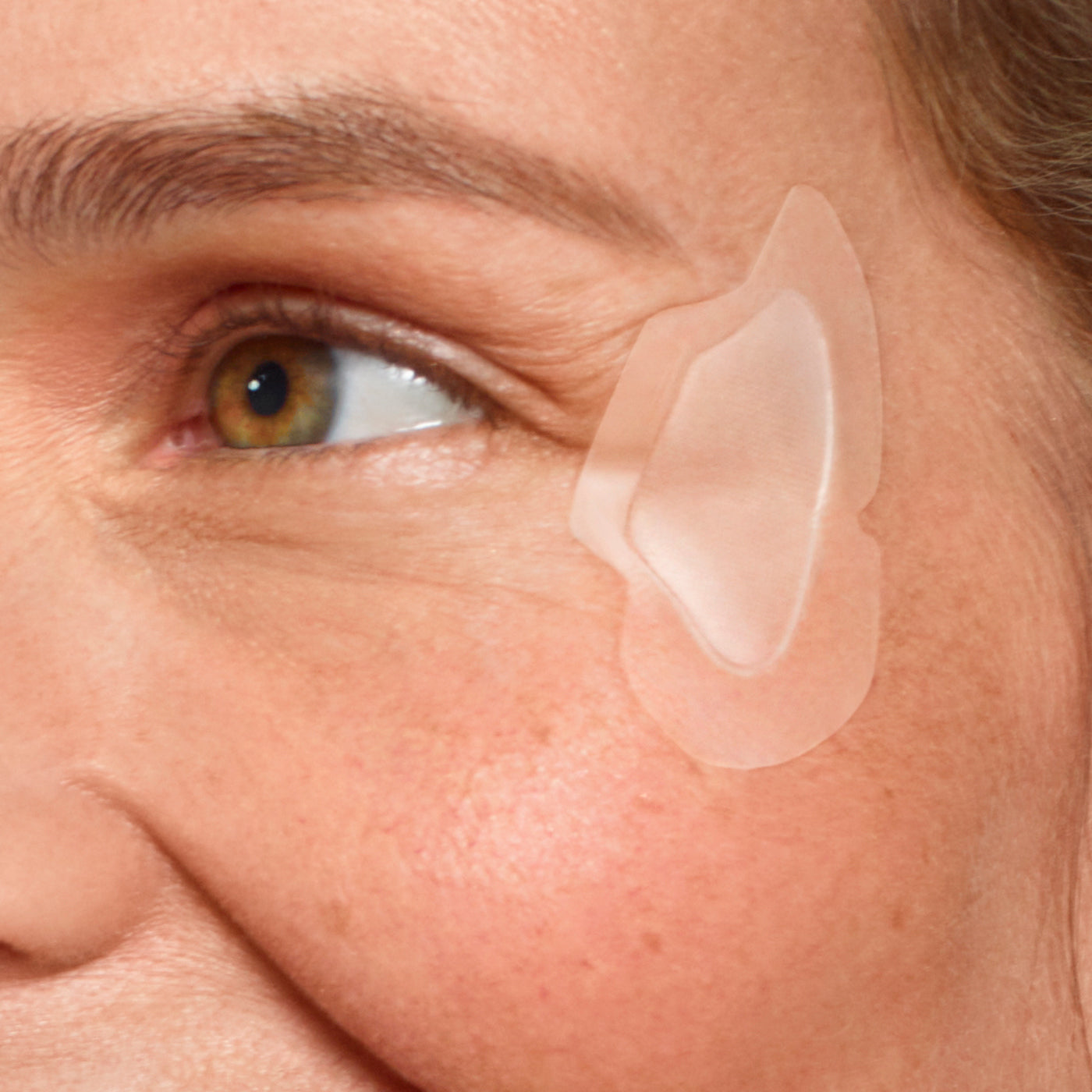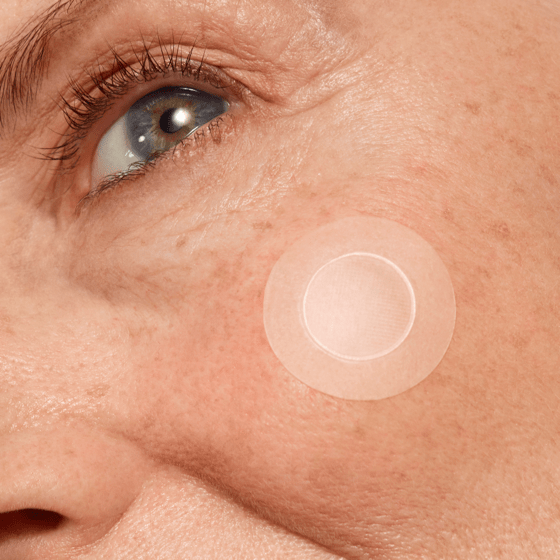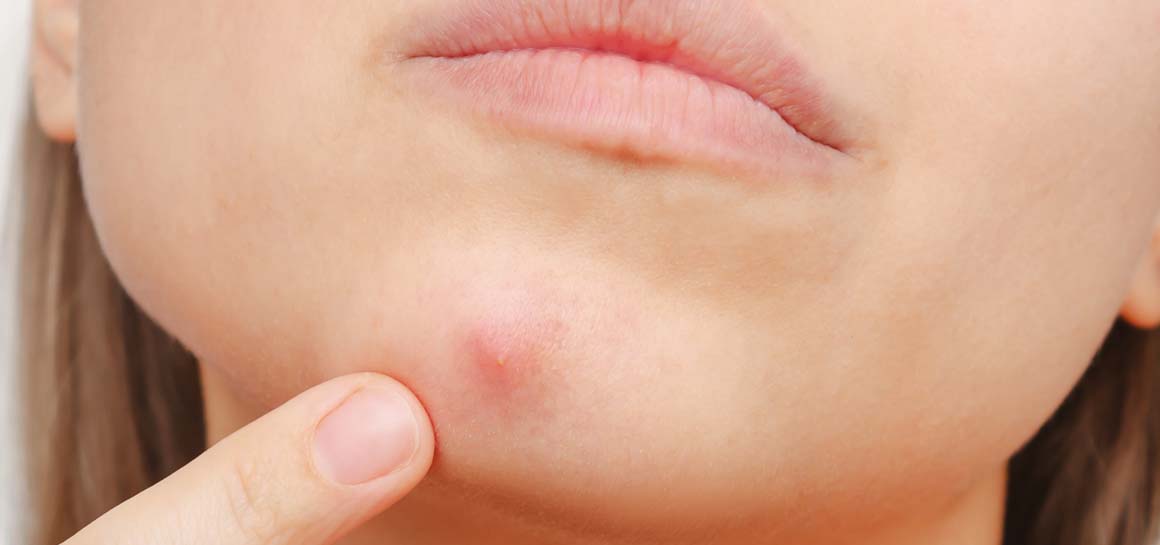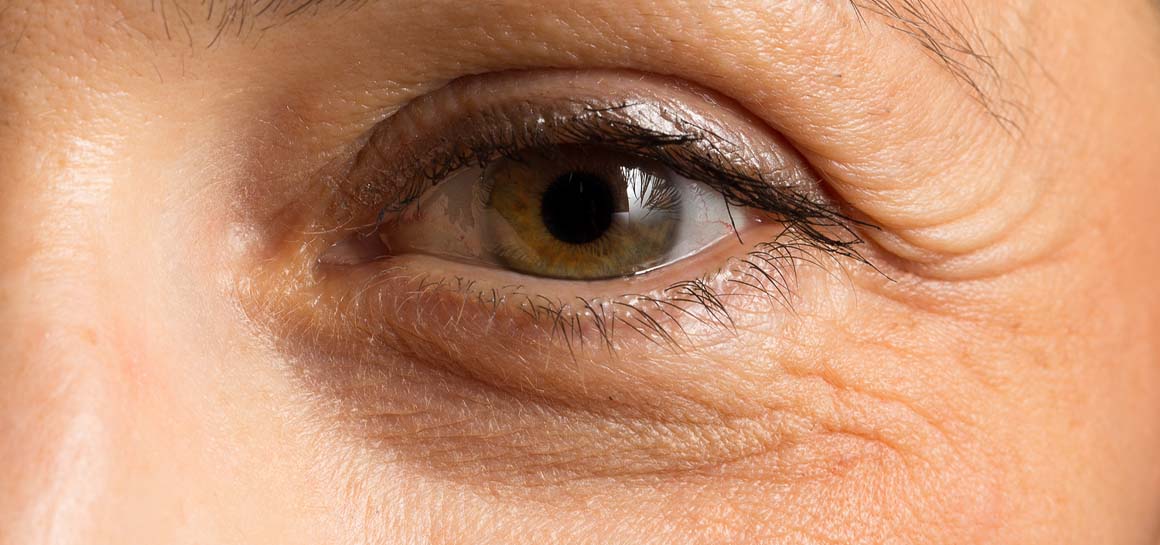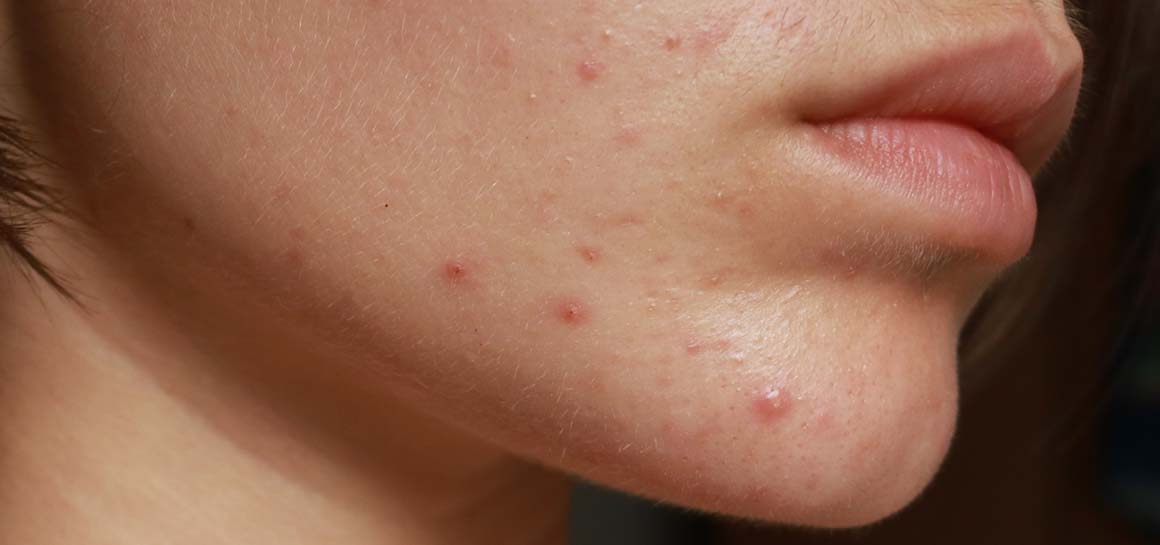Blind pimples are those stubborn spots that develop under the skin but don’t come to head. They’re a form of cystic acne, which appear as hard bumps on the face caused by oil and bacteria clogging pores. Some can be painful and difficult to treat, but with the right skincare toolkit, you can banish blind pimples to make way for smooth and clear skin.
Contents
What is a blind pimple?
Also referred to as a ‘papule’ or cystic acne, a blind pimple is acne developed beneath the skin’s surface. It typically shows as a raised lump that may be sensitive or painful to touch. Usually, blind pimples are slightly red in colour, particularly if the surrounding skin has become inflamed or infected. However not all blind pimples are visible.
Blind pimples are different to other forms of spots, as they don’t come to a head in the same way whiteheads do. This can often make it difficult to treat them with typical creams and lotions that rest on the top layer of skin. However, it’s important they are treated quickly to avoid potential scarring.
What causes a blind pimple?
The leading cause of blind pimples is trapped oil, dirt and bacteria. This happens when pores become clogged due to excess sebum production. Spots that form are unable to be pushed out, resulting in blind pimples stuck beneath the surface.
The sebaceous glands resting beneath pores are responsible for producing sebum, which is an oily substance important for hydrating the skin. However, sometimes sebaceous gland activity increases, which triggers excessive amounts of sebum to form and blocks pores. The oily texture of the skin also collects dead skin cells and bacteria, further congesting pores and obstructing spots from surfacing. The increase in sebaceous gland activity is often accredited to high levels of androgen hormones such as testosterone, which often leads to hormonal or cystic acne.
The bacteria resting on the skin is known as Propionibacterium acnes, or P. acnes, and has been positively associated with acne and skin infections [1]. When bacteria combine with dirt and oil under the skin, it can often become infected and inflamed. This then presents similar to cystic acne – as red, painful bumps under the skin.
How do you pop a blind pimple?
You should never pop a blind pimple. They can be frustrating and painful, so the temptation to pierce squeeze or pop them is understandable, but this should be avoided at all costs. Blind pimples rest below the surface, which can sometimes make them impossible to draw out by hand. Moreover, trying to squeeze or pick at them can aggravate inflammation, and may also cause permanent scarring [2]. Unlike whiteheads and blackheads, blind pimples are particular types of spots that require special treatment to avoid worsening breakouts.
How do I treat a blind pimple?
There are different things you can try to draw out blind pimples that doesn’t involve squeezing or picking them. Many dermatologists recommend using a warm compress to open pores and bring the pimple closer to the surface to form a head. The heat from a warm compress can also help relieve pain created by blind pimples and relieve pressure in the area. Apply the warm compresses for 10-15 minutes, and repeat this several times throughout the day.
Sometimes warm compresses have little to no effect and topical solutions are required. Some of the best ingredients are salicylic acid, green tea, and retinoids, all of which contain strong anti-inflammatory qualities. They’re also known for unclogging pores and decreasing sebum production, which contribute to the forming of blind pimples and cysts.
Salicylic acid is particularly effective at shedding dead skin cells, which clears blockages in follicles and promotes the production of healthy new cells. Green tea has powerful antioxidant properties, which fights the bacteria residing on the skin [3]. Meanwhile, retinoids, which are bioavailable, natural compound forms of vitamin A, stimulate cell proliferation and collagen production, combatting acne scarring and revealing a smoother texture [4].
Although many creams and lotions contain strong anti-acne ingredients, blind pimples are notoriously problematic as they reside underneath the skin’s surface. That’s why treatments that penetrate the outer layers to reach the spot can be more effective.
Microneedle technology is hailed for its ability to impact skin from within. The microneedles gently penetrate the skin to deliver active ingredients below the surface, which can lead to faster, powerful treatment. Spot-busting microneedle patches are specially formulated for tackling acne, loaded with potent ingredients that directly strike blind pimples at their core. The patches are painless, easy to apply, and can help prevent the temptation to pick and poke at spots while they’re being treated.
How long does it take for a blind pimple to go away?
Each person’s skin is different, and each spot is unique, so it’s difficult to establish a timeframe for getting rid of them. Unfortunately, blind pimples are stubborn and typically take longer to heal than other spots that have formed a head. There’s usually no miracle or overnight cure for blind pimples, but targeted treatment that works beneath the skin’s top layer may lead to visible results faster than other skincare products that rest on the surface.
If you don’t see any improvement in blind pimples or cysts following consistent treatment, or have multiple blind pimples, it’s a good idea to check in with a dermatologist or acne specialist. It’s important not to wait too long to seek medical advice to prevent long-term acne scarring.
Conclusion
The underlying cause of blind pimples is excess sebum on the skin, which is often triggered by hormones. As sebum mixes with bacteria, dirt and dead skin cells, pores become clogged, preventing pimples from reaching the surface and causing skin to become inflamed. By coupling anti-inflammatory ingredients - that open pores and reduce excessive sebum production - with innovative skincare solutions such as microneedle patches that reach deep-rooted spots, blind pimples can be treated effectively.
References
[1] McLaughlin, J., Watterson, S., Layton, A. M, Bjourson, A. J., Barnard, E. and McDowell, A. (2019) Propionibacterium acnes and acne vulgaris: New insights from the integration of population genetic, multi-omic, biochemical and host-microbe studies, Microorganisms, 7(5) 128
[2] Tiwari, R. (2021) Cosmeceutical impact on acne vulgaris, World Journal of Pharmacy and Pharmaceutical Sciences, 10(5) 488-505
[3] Kim, S., Park, T. H., Kim, W. I, Park, S., Kim, J. H. and Cho, M. K. (2021) The effects of green tea on acne vulgaris: A systematic review and meta-analysis of randomised clinical trials, Phytotherapy Research, 35, 374-383
[4] Zasada, M and Budzisz, E. (2019) Retinoids: active molecules influencing skin structure formation in cosmetic and dermatological treatments, Advances in Dermatology and Allergology, 36(4) 392-397

